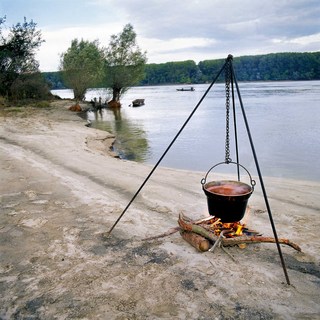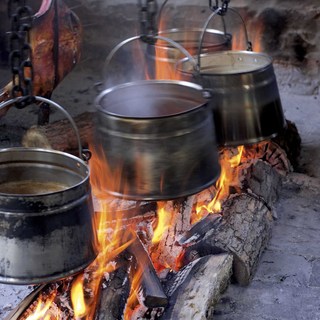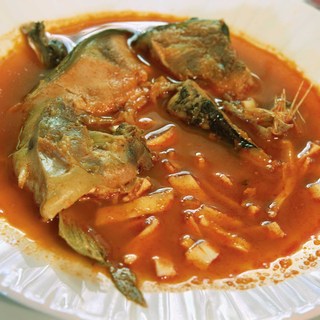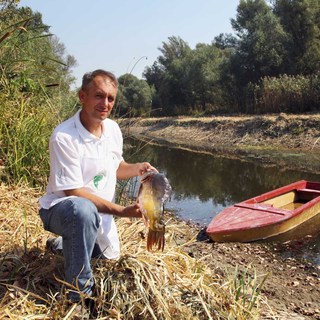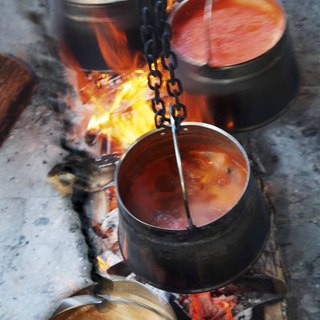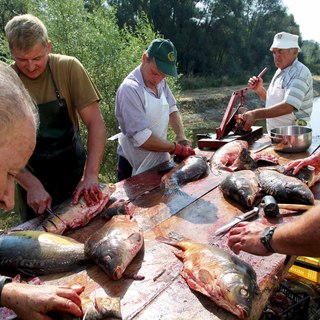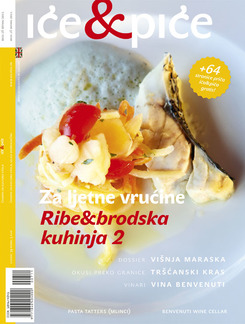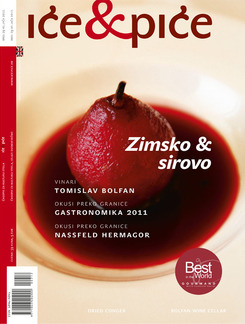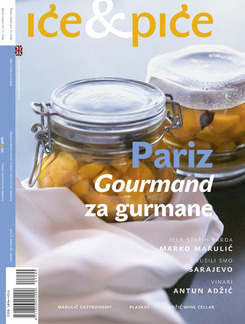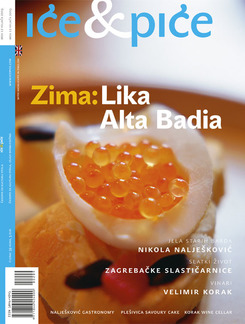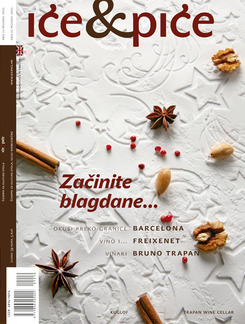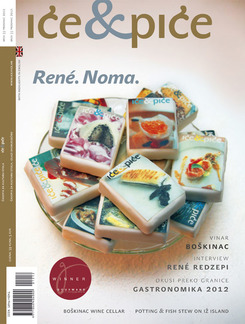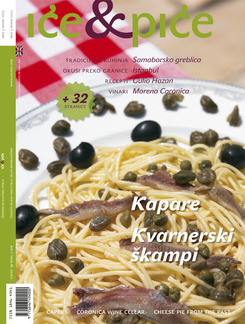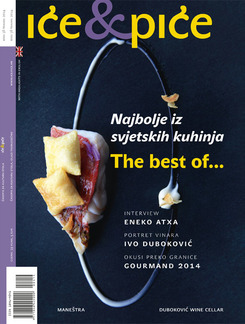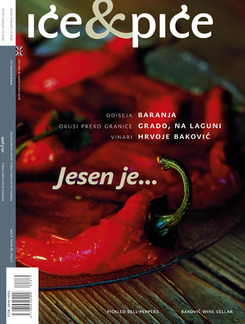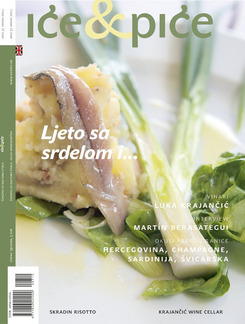Going to see Baranya and failing to try fish paprikash is like arriving in Rome and not having a glimpse of the pope. There’s not a restaurant in the region with a menu not offering this piquant, bright red treat that, quite truly, takes your breath away. And oh, the fishfests of Baranya. Winning confers ultimate prestige, and those on the top step of the winners’ podium will talk of it for years. Almost every village in the region between the Danube, the Drava and the Hungarian border has its own fish competition. Men and women cook, young and old. They have just one thing in common. A profound admiration for this dish.
The story stretches deep back into the past. There are no special accounts of the inception of the cooking of fish paprikash (or at least, we don’t know about them), but since the main ingredient is fish, the obvious assumption is that it started in the areas alongside the rivers. So there should be no errors, this is an article about the fish paprikash that is made in Baranya, and we shall base it on the version we know of the history of Baranya fish.
The word in Croatian is actually fiš, deriving of course not from English but from the German fisch, and many claim that this word is related to the making of fish paprikash the way we know it today. It was apparently first cooked by colonists from the southern part of Germany, the Donauschwaben, Danube Swabians, who came here after Prince Eugene of Savoy had driven out the Ottomans in the 17th century and been rewarded for his sterling service with an estate consisting of the southern part of Baranya. Of course, the old Hungarians don’t agree with this claim, for they lived in what is now Croatian Baranya much before the Germans came in, and made the best use of all the blessings of the river. But I can’t explain then whence the word fish, since the Hungarians say hal or hol for fish. The derivation halászlé or fish soup is used throughout Hungary, but it is a dish that is just similar, though also made of fish. On the other hand, though, paprikash is through-and-through Hungarian, and since the hot and spicy is characteristic of the Hungarian cuisine, it wouldn’t perhaps be wrong to think that the word bridges the two cuisines, the product of which is HM Baranya fish paprikash. As the connoisseurs claim, the unique taste was created in a fusion of the particular influences of different cultures and their approaches to food. The area at the border of east and west, and north and south, was a bait for Turks and Germans, and their two entirely different cultures, through the centuries. From this uncommon combination derived what Baranya guests eat with a lot of zest to this day, nosh with the weight of western Europe and the fire of the south and east.
Though when they think of fish paprikash some have the idea that it’s just about an over-pungent red soup, they’re not entirely right. Sure, the fire has to be there, but nothing like the amount used by, for example, the Mexicans. The harmonious flavour of fish and spice, and the visual attractiveness, that is what gives this Baranya dish its soul. After all, the fishermen along the Danube of old used to say: Don’t overspice it, and things will be ok. The fish has got to be tasted in the paprikash.
Those who think they know a bit more about this treat say that Baranya fish paprikash needs its appellation contrôlée. Just as the Zagorje people have done with their strukli, the Pag islanders with their cheese and lamb. That’s anyway the reasoning of Reže Krištof from Kopačevo, picturesque Baranya village on the very edge of Kopačev rit. I’ve tried fish paprikash in various parts of Hungary and Croatia, but I’ve never had anywhere else what we cook in Baranya, says this winner of a whole string of competitions, winning second place three times and third place four times in the national fishfests. Not only because he really knows what he’s talking about, but also because he’s an inhabitant of a village that has for aeons made its living from and for the river, his tale is worth listening too. Fresh water fishing has been the way of life in Kopačevo forever. There were two purchasing stations in the village, and fish from the nets of the old inhabitants were sold far and wide. At one time, the catch was so great that the proceeds went to build several social structures that are still today the pride of the village. Apart from that, there is a widespread idea among the Baranya people that the best fish paprikash is made on the stretch of the Danube from Baja in Hungary and Apatin in Voyvodina; Kopačevo and Baranya are right in the middle.
Though there is no special secret to the cooking, a few tips are important. The fish has to be fresh and of high quality. That goes for the paprika too. You have to have the right proportions of fish, onion, paprika and salt, and love cooking. And experience is important too, of course, says Krištof, adding that he personally prefers mixed fish – carp, cat fish and pike, although paprikash can be made from just carp. When he can, he puts red willow under the cauldron, and uses paprika from Kopačevo, sweet and hot, for the Kopačevo people, as they once were so deeply into fishing, long ago learned the art of producing fine ground paprika. Paprika goes best with homemade pasta, and an essential part is the odd glass of Baranya white wine. Nothing can go wrong.
As well as paprikash from carp, catfish and pike, all kinds of things can be made from the fish of the Drava and the Danube. But speaking of the paprikash, a special taste is imparted by bream and Prussian carp, from which the bouillon for real paprikash can be made. Another interesting dish is pike perkelt or pörkölt, in short gravy, served with home-made pasta and with cheese and fried bacon. Pike in uniform is also an indigenous Baranya dish, as are various kinds of smoked fish, that some put even into bean dishes. Pike perch in brewer’s dough, pörkölt of catfish cheek, renderings of carp are just a part of the gastronomic range of Baranya, which absolutely makes your mouth water. It is hard to describe the richness of Baranya fish cooking in words. A picture, it is true, says more than a thousand word, but it’s only the palate that has the last word. Hit the road, and off you go to Baranya, then. Surrender to the enjoyment of indigenous dishes, primarily of course fish paprikash. It is not, after all, just a heap of paprika and salt, but a blend of tradition and experience. Protected or not, it can be eaten only in Baranya, a little region for a big enjoyment of food. We don’t mean to belittle other kinds of fish cuisine. On the contrary. But every Baranya person, who loves fish and fish paprikash, will only laugh when presented with any recipe that contains more than fish, ground paprika, salt, onion, white wine or home-grown tomato.
